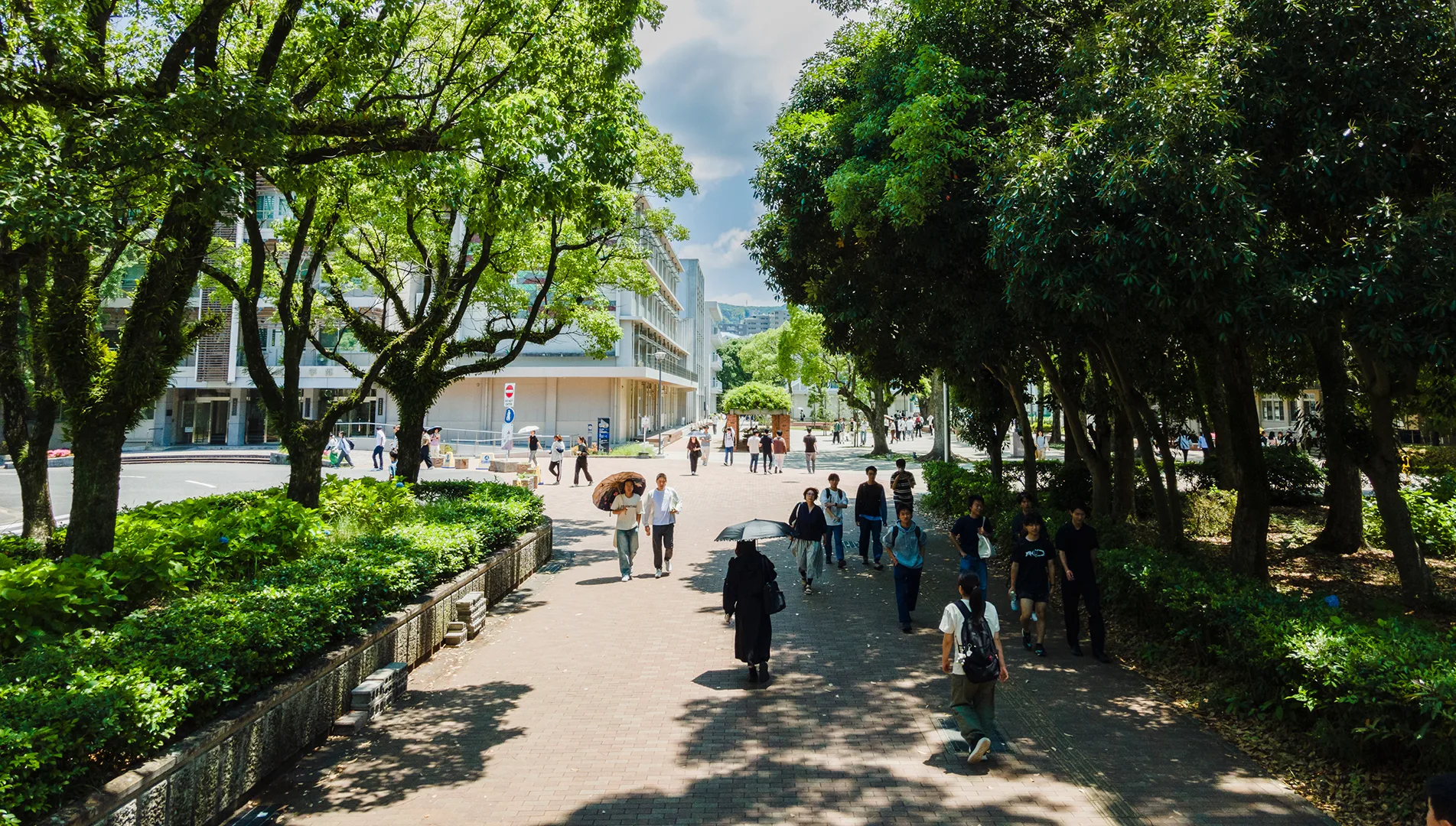


Nagasaki University: A World-Leading Institution Committed to Planetary Health
A Legacy of Learning and Innovation
The origin of Nagasaki University can be traced back to the time when Dutch naval physician Dr. Pompe van Meerdervoort began providing medical training at the West Office of the Nagasaki Magistrate’s Office in 1857.
At the time, Nagasaki was one of Japan’s few international trading ports authorized by the shogunate during the Edo period, when Japan maintained a policy of national isolation. Consequently, Nagasaki became a primary gateway for Western Knowledge and technology to enter Japan. Studying in Nagasaki meant gaining access to the most advanced scientific and medical knowledge at the time. With this rich historical foundation, Nagasaki University stands on the site where Japan’s modernization wave began.
In 1949, Nagasaki University was established as a comprehensive institution through the integration of various specialized faculties. These faculties covered fields essential to Japan’s growth from the mid-19th to early 20th centuries, including Arts and Sciences, Economics, Medicine, Pharmaceutical Sciences, and Fisheries. From the beginning, Nagasaki University was designed as a practical education and research institution, focused on solving real-world problems. This legacy of applied learning and innovation continues to define the university today.
A Tradition of Leadership in Global Challenges
Nagasaki University has always taken the lead in finding solutions to global challenges.
We have an inherent drive to tackle challenges in the field, engage in deep learning and critical thinking, and conduct research to seek real-world solutions.
Additionally, Nagasaki University is known for its ability to anticipate future challenges and adapt its academic structure accordingly:
At every stage, we have consistently designed our faculty structure to meet the societal needs of the time.
Leading the Way in Planetary Health
Today, Nagasaki University is embarking on its most ambitious initiative yet: the realization of Planetary Health.
The world’s challenges—climate change, public health crises, environmental degradation, and social inequality—are becoming increasingly interconnected. Addressing one issue often impacts others, sometimes in unexpected ways. While the United Nations’ Sustainable Development Goals (SDGs) set 2030 as a target year for global progress, achieving one goal can sometimes make others more difficult to reach.
So, how can we restore and sustain a healthy planet for future generations?
Nagasaki University is taking action beyond 2030, pushing the boundaries of research and education to create solutions that extend beyond the SDGs.In August 2020, we became the first university in Japan to join the Planetary Health Alliance, a global organization dedicated to research, education, and policy development in this field. Then, in 2024, we set an ambitious vision for the next decade:
“To become a world-leading university committed to realizing Planetary Health.”
To achieve this vision, we have identified three key focus areas:
1. Global Health – Going beyond borders to tackle global health and medical issues
2. Global Risk – Analyzing risks from multiple perspectives to gain insight into problem-solving processes
3. Global Ecology – Combining interdisciplinary knowledge to explore solutions to sustainability and living in harmony with the environment
By integrating education and research across these areas, we aim to broaden perspectives, deepen knowledge, and drive meaningful change.
Our Commitment to the Future
Nagasaki University is committed to evolving into “a world-leading university dedicated to realizing Planetary Health.”